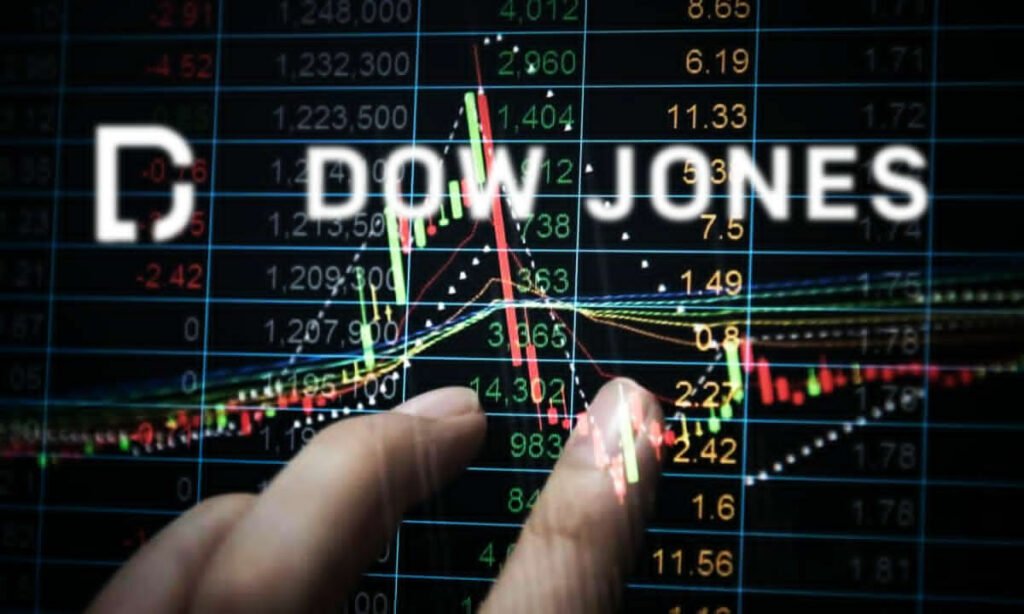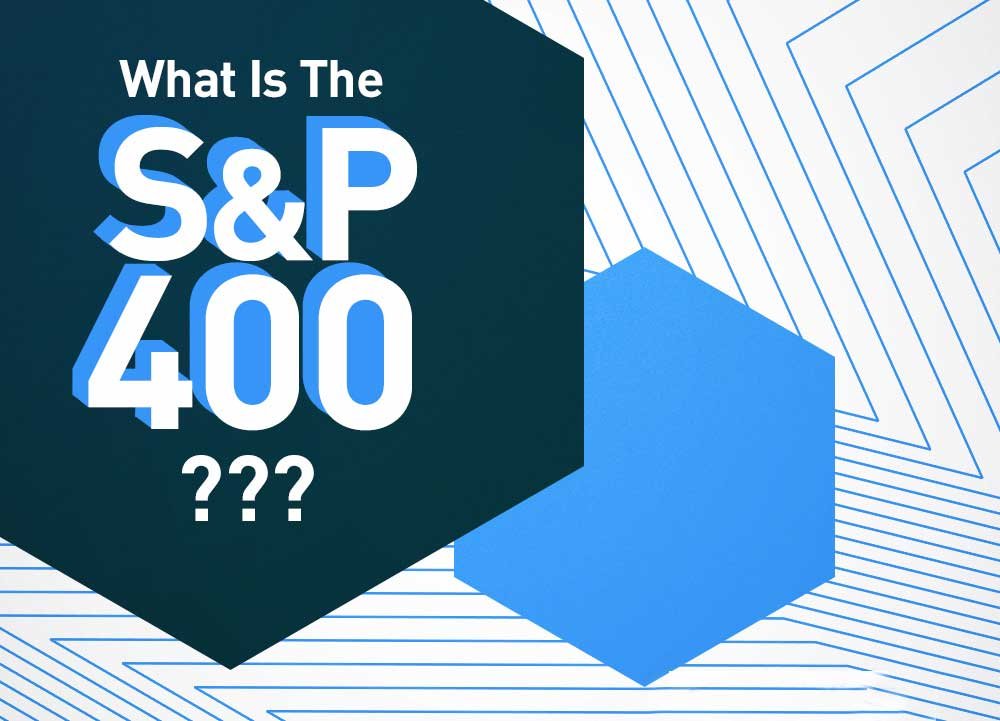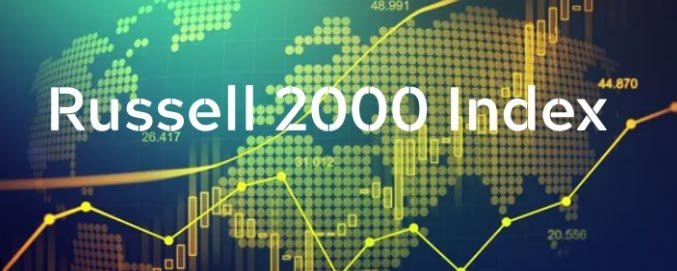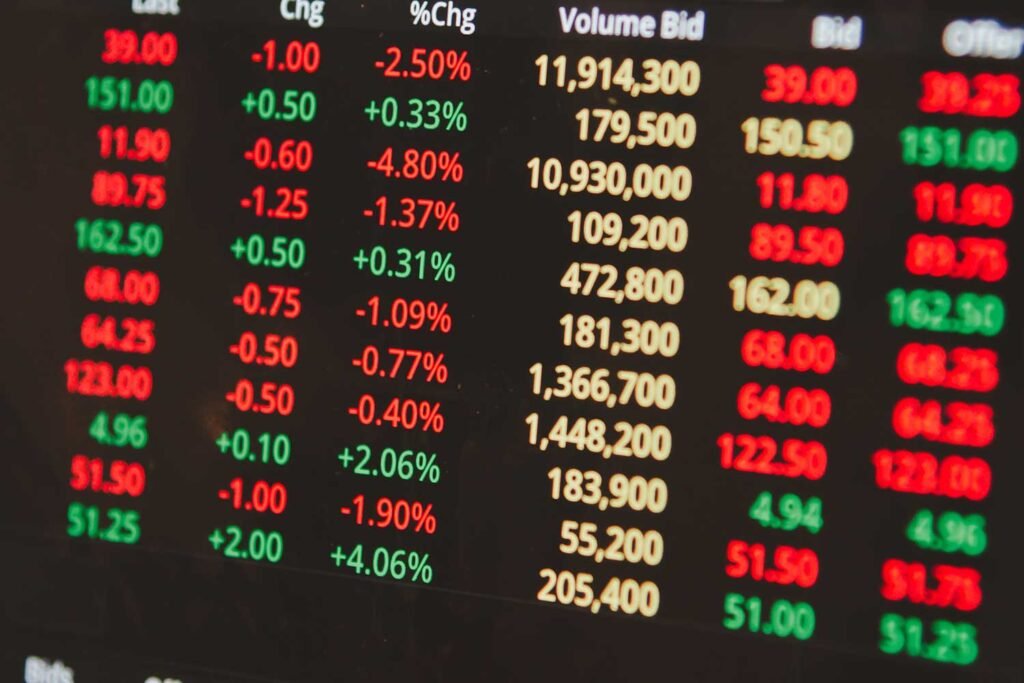Stock market indexes are statistical measures that track how groups of stocks perform in a specific market or sector. These indexes are important to show the health and mood of the overall stock market. They provide investors, analysts and finance professionals with valuable information about market trends to help them make smart investment decisions.
The most common worldwide stock market indexes in the U.S. are the Dow Jones Industrial Average (DJIA), the S&P 500 and the NASDAQ Composite Index. Each index has its own unique history, composition and significance.
The Dow Jones Industrial Average (DJIA)

The Dow Jones Industrial Average, also called the Dow 30, is one of the oldest and most popular stock market indexes in the United States.
In the late 1800s, the DJIA was started by a finance journalist named Charles Dow, who also co-founded Dow Jones & Company. The original index had 12 industrial companies when it was first published in 1896. Over the years, more companies got added; the number of companies reached 20 in 1916 and has currently included 30 companies since 1928.
A panel of experts picks the 30 companies in the Dow based on stuff like market capitalization, financial viability, and sector representation. The index is price-weighted, so stocks with higher prices have a bigger effect on the index’s value than cheaper stocks do. This is different from indexes like the S&P 500 that use market cap weighting.
The DJIA is seen as a useful gauge of both the US stock market and the broader economy. It gets mentioned a lot in news reports and investors check it to get a feel for market sentiment. But critics argue it doesn’t present as accurate a visual as wider-ranging indexes like the S&P 500 because it has limited companies and uses price-weighting methodology.
The S&P 500 Index

The S&P 500, also called the Standard & Poor’s 500, is a market-capitalization-weighted index, that tracks the performance of 500 leading publicly traded companies in the U.S. It’s seen as one of the best ways to gauge the overall health of the stock market and economy, representing about 80% of the total value of the U.S. stock market.
The history of the S&P 500 goes back to 1923, when Standard & Poor’s made an index of 233 companies. In 1957, the index expanded to 500 companies to become what it is today, and now it is controlled by S&P Dow Jones Indices.
The S&P 500 is a float-weighted index, meaning the constituent market value of the 500 companies is adjusted for how many shares are actually available to trade publicly. The index’s value is calculated by totaling the adjusted market caps of each company and dividing by a divisor. The top 10 companies account for a substantial part of the index’s total market capitalization. The S&P 500 is widely used as a benchmark to judge the performance of investment funds and stock portfolios because it captures the economy of the stock market.
The NASDAQ Composite Index

The NASDAQ Composite is a market-capitalization-weighted index that tracks the performance of over 3,000 stocks listed on the NASDAQ exchange. Along with the Dow Jones and S&P 500, it’s one of most followed stock indexes in the U.S.
The NASDAQ Composite launched in 1971, starting at a value of 100. It was the world’s first electronic stock market index, and it saw major ups and downs during the dot-com bubble in the late 1990s and early 2000s.
The NASDAQ Composite Index covers a diverse range of companies across sectors but has a strong technology focus. It is a market cap weighted index like the S&P 500, which means larger companies have more impact on the index’s performance. The NASDAQ Composite is seen as an important gauge of the technology industry as a barometer and the wider U.S. economy.
S&P 100
The S&P 100 is part of the S&P 500, a market-capitalization-weighted index that tracks 100 of the biggest U.S. stocks that have listed options. These blue chip companies chosen for sector balance represent about 67% of the S&P 500’s total market value and 54% of the entire U.S. stock market as of late 2020. Along with the Dow Jones and S&P 500, the S&P 100 is one of the hottest indexes investors follow.
The S&P 100 covers a diverse range of mega-cap companies across different sectors. The main criteria is that the stocks have listed options, which are maintained by S&P Dow Jones Indices and weighted by market cap.
Because it captures the largest, most established companies in the S&P 500, the S&P 100 serves as a key benchmark for large-cap U.S. stocks. .
As of May 2024, some of the top contenders for the S&P 100 are:
- Apple
- Microsoft
- Amazon
- Alphabet (Google,
- Meta Platforms (Facebook)
- Berkshire Hathaway
- JPMorgan Chases
The Russell 1000

The Russell 1000 is one of the most important stock market indexes in the United States. It tracks the 1000 biggest U.S. companies by market value, covering around 93% of the total U.S. stock market.
The Russell 1000 market cap weighted index includes some mid-caps along with large-caps, making it a bit more volatile than indexes focused solely on mega caps. But it gives a comprehensive view of the performance of the largest publicly traded companies in America.
The S&P MidCap 400

The S&P midcap 400 follows 400 medium sized U.S. companies. It is a market capitalization-weighted index that provides a measure of the mid-cap segment of market indexes. S&P MidCap 400 included companies having market values between $3.6 billion and $13.1 billion. This index covers about 5% of the total U.S. stock market value and 3% of the global stocks you can invest in.
Compared to the S&P smallcap 600, the midcap 400 is broader and has more companies. It’s designed as a non-overlapping benchmark for mid-sized companies that aren’t in the large-cap S&P 500.
The S&P MidCap 400 gets recalculated and rebalanced every quarter. As the most followed mid-cap index, it’s widely used as the benchmark for mid-sized stocks.
Russell Midcap Index
The Russell midcap Index tracks mid-sized U.S. equity market companies. It’s a market cap weighted index covering the smallest 800 stocks in the Russell 1000.
The Russell midcap represents about 27% of the total market value of the Russell 1000. As of November 2022, the average market cap of companies in it was $22.64 billion. For investors, this index offers a balance of growth potential and stability found in mid-caps.
Compared to the S&P midCap 400, the Russell midcap is broader in scope, with more companies. However, while its companies are around 70% pure in size, some of their constituents fall under large-caps or small-caps categories with respect to Morningstar’s definitions.
Russell 2000 Index

The Russell 2000 tracks performance of 2,000 small-cap U.S. stocks. This market cap weighted index is widely used as the benchmark for small-cap stocks and serves as a gauge for the health of the U.S. stock market.
Companies in the Russell 2000 typically have market values ranging from $200 million to $10 billion. The index covers about 7% of the total market cap of the Russell 3000.
The Russell 2000 is known for being more volatile than large-cap indexes. Thats because smaller companies tend to have higher growth and risk. It gives investors exposure to a diverse range of sectors and industries within small-cap stocks.
S&P SmallCap 600
The S&P SmallCap 600 tracks the performance of 600 small-cap US companies. It covers around 3% of the total US stock market.
To get into the S&P SmallCap 600, companies need to have market capitalization between $850 million and $3.7 billion. The index also has limitations on liquidity, public float and financial viability.
The S&P SmallCap 600 serves as a benchmark for small-cap stocks and is widely followed by investors. It provides exposure to diverse sectors, with the top five making up over 75% of the index.
Compared to other small-cap indexes like the Russell 2000, the S&P SmallCap 600 is more selective with higher liquidity requirements. It potentially resulting in lower trading costs.
U.S. Aggregate Bond Market

The U.S. aggregate bond market tracks the overall US investment-grade bond market, including government, corporate, mortgage-backed and other asset-backed securities. It’s an important part of the wider US stock and bond markets and is used as a benchmark for market performance.
The most well known index covering this market is the Bloomberg US Aggregate Bond Index, known as “the Agg.”. It includes US Treasury bonds, which make up a large share of the index, along with investment-grade corporate bonds and mortgage-backed securities.
Investors can gain exposure to the market through several index funds and exchange-traded funds (ETFs) monitoring the Bloomberg index or something similar. These investments provide broad diversification across the US fixed income market.
Global Aggregate Bond Market
The Global Aggregate Bond Market tracks the performance of investment-grade global bonds, including developed and emerging markets. This gives a comprehensive view of the worldwide bond market and is an important part of the wider market indexes.
The Bloomberg Global Aggregate Bond Index is the best known benchmark covering this market. It covers Treasury, government related, corporate, and securitized fixed-rate bonds from issuers across both developed and emerging markets. The index holds things like multi-currency government bonds, mortgage-backed securities and agencies.
Investing in Stock Market Indexes
Index Funds and ETFs
ETFs (exchange-traded funds) and index funds are one of the most popular ways to invest in stock market indexes. Index funds are mutual funds aiming to approximate the performance of a specific index, like the S&P 500. ETFs trade on exchanges like stocks, with buy/sell flexibility during market hours.
Some major index ETFs are:
- SPY (SPDR S&P 500 ETF) tracks S&P 500
- QQQ (Invesco QQQ Trust) tracks Nasdaq-100
- DIA (SPDR Dow Jones Industrial Average ETF) tracks Dow Jones Industrial Average
Advantages of Index Investing
Index investing has some important advantages, which are:
- Diversification: Index funds and ETFs give you exposure to a lot of different stocks, lowering your risk portfolio.
- Lower costs: Passive index funds and ETFs typically have lower costs compared to actively managed funds since you’re not paying for stock picking.
- Long-term performance: Over many years, numerous index funds have made more money than actively managed funds after accounting for fees.
- Tax efficiency: Lower turnover in index funds can mean fewer capital gains taxes, making them more tax-efficient than active managed funds.
Conclusion
In summary, understanding the major U.S Stock Market Indexes is critical for Investors looking to make smart investment decisions. Indexes give valuable insights into market performance, sentiment and trends across market capitalization and several sectors.
By using indexes as benchmarks and buying index funds, or ETFs, investors can get diversification, lower costs, and possibly better long-term returns compared to actively managed funds. In the end, having a solid grasp on indexes is essential for dealing with the investing landscape.


